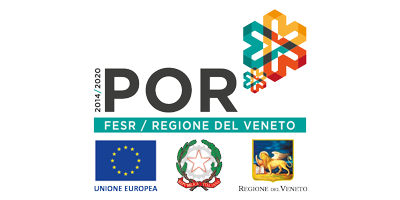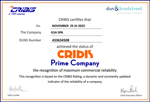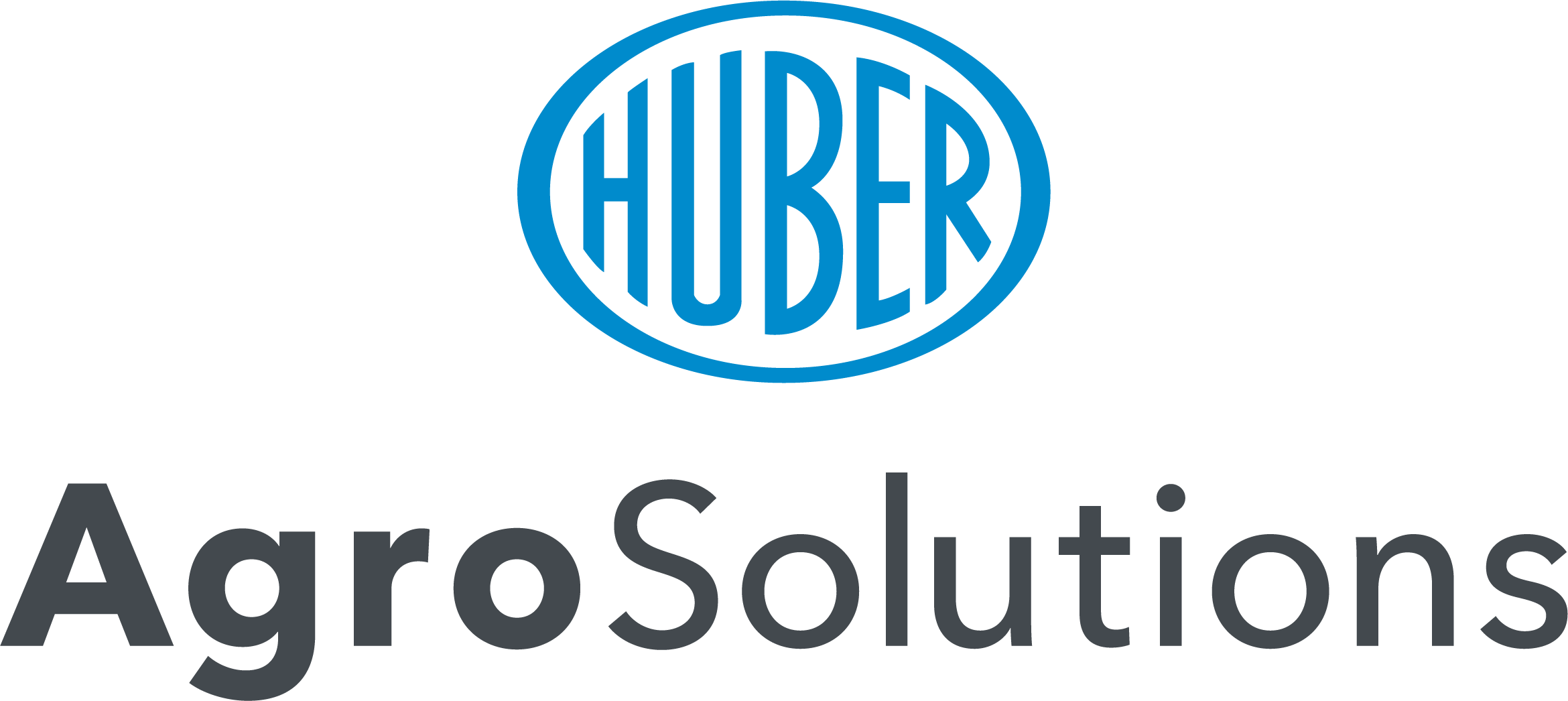INCREASES SUGAR CONTENT
The sugar content in fruits depends on photosynthesis intensity and the capacity of plants to transfer thesephotosynthesis products into fruits at the right time. In this very period, starting from veraison, one can increasesugar accumulation through specific nutrients and molecules, such as phosphorylated sugars and potassium,which also regulate plant transpiration in the ripening stage, preventing possible stress. The greater sugar content (expressed in degrees Brix) is a qualitative index increasing the value of final productionand, accordingly, the farmer’s income.
ILSAGRADER, based on polysaccharides, potassium thiosulphate, betaines and alginates, is designed for the ripeningstages of fruit productions, for it increases fruit consistency, the accumulation of acids and their transformationinto sugars, while also improving the balance between flavours and savours without affecting the final pH.
Incase of excess productions or climate conditions that can limit the natural ripening process, ILSAGRADER isparticularly suited to increase fruit sugar content and dry matter as well as reduce production waste. As for fruittree crops, ILSAGRADER is the ideal solution to increase the quality and value of final production, destined forboth fresh consumption and transformation.
Chemical and physical features
- LIQUID BROWN COLOUR
- pH 7,5 ± 0,5
- DENSITY 1,31 ± 0,02 kg/dm3
- CONDUCTIVITY 3,90 ± 0,20 dS/m
COMPOSITION
-
Total Nitrogen (N) 4 %
- Of which: Organic Nitrogen (N) 1 %
- Ureic Nitrogen (N) 3 %
- Water soluble Potassium oxide (K2O) 12 %
- Organic Carbon (C) 8 %
Contains in particular
- PLANT EXTRACTS WITH HIGH BETAINE CONTENT
- FLUID YEAST EXTRACT CONTAINING BROWN ALGAE
Characterising substances
- POTASSIUM THIOSULPHATE, BETAINES, POLYSACCHARIDES, ALGINATES
ACTIONS OF THE CHARACTERISING SUBSTANCES
| EARLIER AND UNIFORM RIPENING | INCREASE IN SUGAR CONTENT | |
|---|---|---|
| POTASSIUM THIOSULPHATE |

|

|
| BETAINES AND ALGINATES |

|

|
| POLYSACCHARIDES |

|

|
Doses and methods of use of the fertilizer
-
Fruit
-
Blackcurrant1,5-2 kg/ha2-3 applications, every 10-12 days, from the veraison stage
-
Blueberry1,5-2 kg/ha2-3 applications, every 10-12 days, from the veraison stage
-
Raspberry1,5-2 kg/ha2-3 applications, every 10-12 days, from the veraison stage
-
Redcurrant1,5-2 kg/ha2-3 applications, every 10-12 days, from the veraison stage
-
-
GrapeVine
-
All2,5 - 3 kg/ha2-3 applications, every 10-12 days, from the veraison stage
-
-
Pome fruits
-
Apple2-2,5 kg/ha2-3 applications, every 10-12 days, from the veraison stage
-
Pear2-2,5 kg/ha2-3 applications, every 10-12 days, from the veraison stage
-
-
Stone fruits
-
Apricot2,5 - 3 kg/ha2-3 applications, every 10-12 days, from the veraison stage
-
Cherry2,5 - 3 kg/ha2-3 applications, every 10-12 days, from the veraison stage
-
Nectarine2,5 - 3 kg/ha2-3 applications, every 10-12 days, from the veraison stage
-
Peach2,5 - 3 kg/ha2-3 applications, every 10-12 days, from the veraison stage
-
Plum2,5 - 3 kg/ha2-3 applications, every 10-12 days, from the veraison stage
-
-
Vegetables
-
Melon2-2,5 kg/ha2-4 applications every 10-15 days from fruit enlargement
-
Strawberry2-2,5 kg/ha2-4 applications every 10-15 days from fruit enlargement
-
Tomato2-2,5 kg/ha2-4 applications every 10-15 days from fruit enlargement
-
The dose indicated in the table has been calculated by taking into account an irrigation volume of about 500-600 litres of water per application. The doses shown should be considered as merely indicative and may vary according to pedoclimatic conditions and average yields expected.
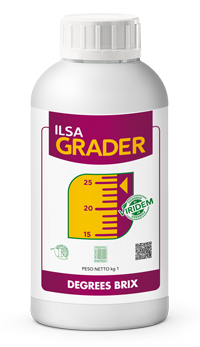









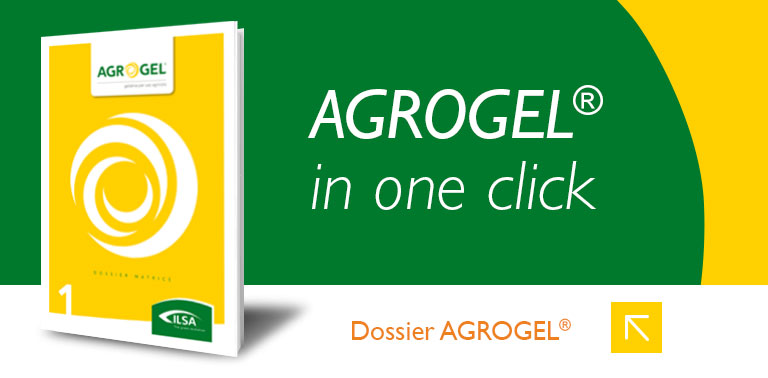
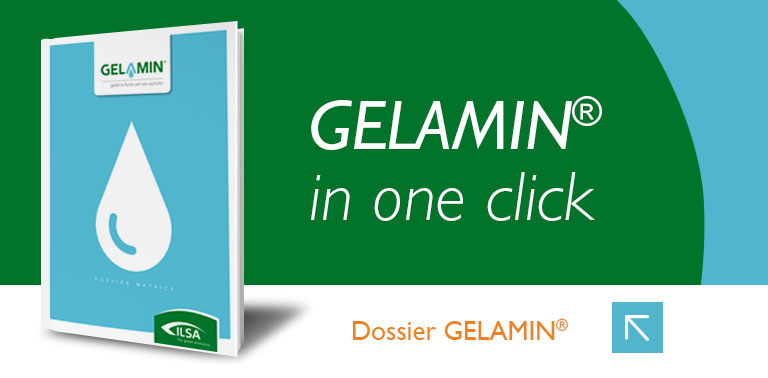
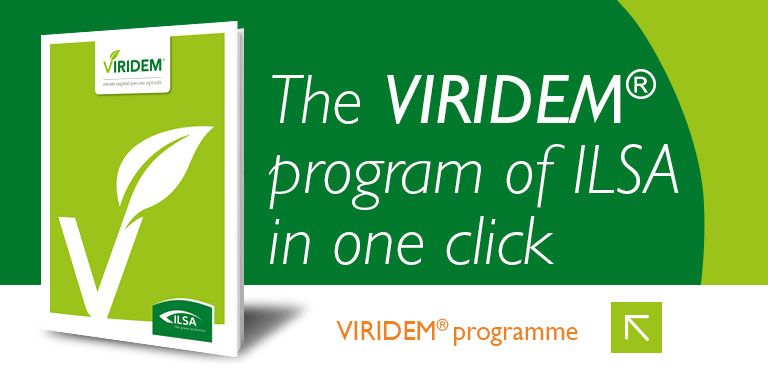
.png)
